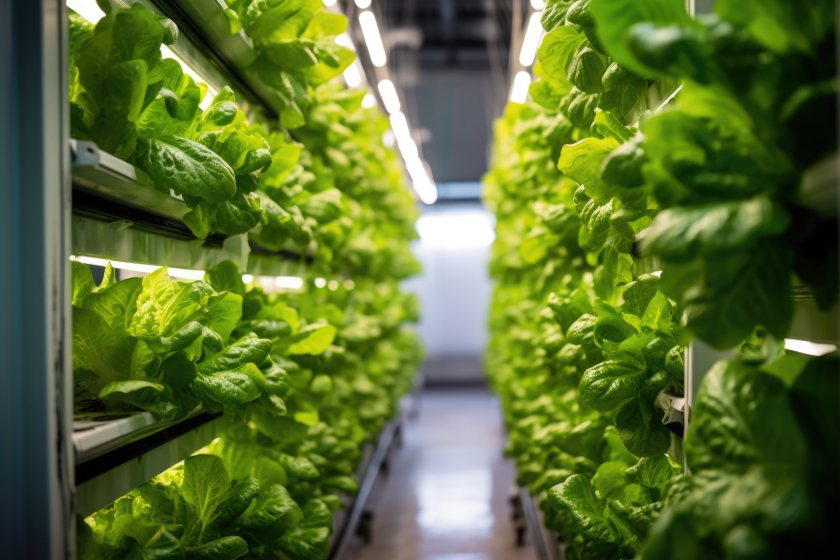
Vertical farms may deliver huge yields and save water, but a new UK study has found their carbon emissions are still higher than conventional lettuce growing — raising fresh questions about whether the technology can feed sustainably.
The University of Surrey study suggests the technology still has work to do to be truly sustainable, despite the method being held up as a way to secure home-grown food amid changing climate patterns.
Published in Food and Energy Security, the research is billed as the first to fully account for soil emissions from field production while comparing them with crops grown in a commercial UK vertical farm.
Using a cradle-to-store assessment, the team analysed two British lettuce farms — one on mineral soil and one on peat — plus a Spanish supplier, then set those results against a vertical system.
The headline gains are undeniable: the vertical farm delivered around 97 kg of lettuce per square metre, more than 20 times the field yield of 3.3 kg/m². It also slashed water use, at 0.9 m³ per kg of lettuce versus up to 7.3 m³/kg in Spain, where irrigation demand is high.
Yet the carbon ledger tells a different story. Even on renewable electricity, vertically grown lettuce generated about 0.93 kg of greenhouse gases per kilogram, compared with 0.57 kg/kg from UK field farms.
Lead author Michael Gargaro said vertical systems could “transform food security in the UK” as climate and drought bite into traditional agriculture, but he cautioned that the approach “currently comes with a higher carbon cost”.
The task now, he added, is “to make vertical farming more energy-efficient and better integrated with renewable systems, so that it can become a truly sustainable solution.”
Materials also matter. A significant slice of the footprint was linked to energy demand and jute fibre plugs used instead of soil. Researchers found that switching to alternatives such as coconut coir could cut the land footprint by more than 95 per cent, signalling a clear route to lower impacts.
With the UK importing around 95 per cent of lettuce from Spain during the winter months, co-author Dr Zoe M Harris said advances in vertical technology make it possible to secure a year-round home supply while freeing land for restoration.
“But to viably compete with field farming, vertical farms must cut their energy use and rethink the materials they rely on,” she said. Generation-wide benefits could include reduced pressure on sensitive landscapes such as peatlands and woodlands, she noted.
The study’s conclusion is nuanced: vertical farming is not yet the lowest-carbon way to produce lettuce, but targeted improvements in energy efficiency and growing media could shift the balance.
As climate change and water scarcity threaten traditional growing regions like Spain, the authors argue that vertical systems — refined and better powered — could become a key plank of the UK’s food security strategy.
